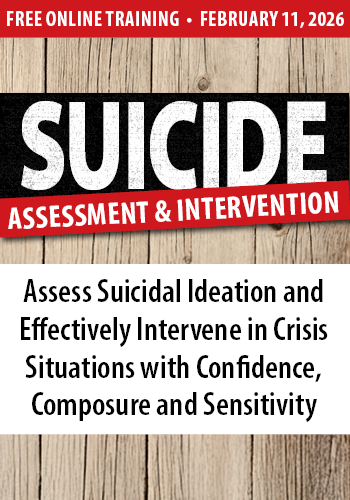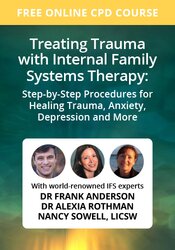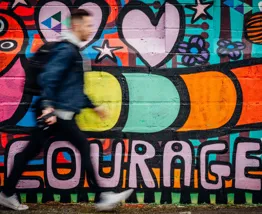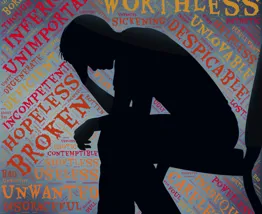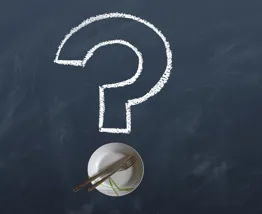Enrol in an online course today for flexible, self-paced learning—no fixed schedule required. Plus, enjoy lifetime access to course materials for convenient revisiting.
Legacy Burdens: IFS, Energy Work and Intergenerational Healing
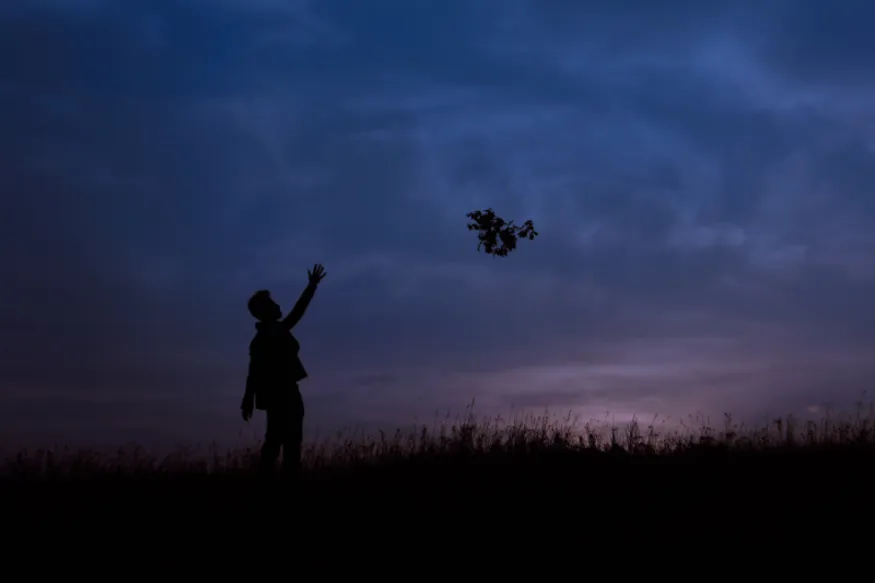
I began my journey with legacy burdens in 1994. I was already working on being a trainer in IFS when I attended a workshop at an IFS conference. There I heard, for the first time, a presenter name a type of burden that was handed down through generations as a ‘legacy burden’. The presenter did not refer to any forms of healing or treatment for these burdens (and I have not heard or seen her since). But she grabbed my attention and the concept resonated strongly within me. As I pondered the woman’s presentation, I instinctively knew that I was carrying legacy burdens.
At the time, I did not realise how much I was carrying. But I knew that I had an extreme fear of abandonment that did not seem to fit my early life experience. Captivated by the notion of intergenerational burdens, I began to search in earnest for answers. I studied energy work, did a shamanic training with the Four Winds Society, and read anything I could find that had some bearing on the topic.
One of the most helpful sources of information was the work of an English scientist, Rupert Sheldrake. His concept of ‘morphic resonance’ helped to explain how burdens can be passed energetically from generation to generation. From this work I surmised that the way to release intergenerational burdens was to attend to these energetic processes. Fortunately, we already have an unburdening process in IFS, which is clearly an energetic process, so I adopted these same principles for unburdening one individual to include burdens that exist in and across generations.
Starting then with myself (as guinea pig), I found that through energy work and ritual I could slowly begin to peel back the layers of the abandonment fears which I knew were partially passed on to me from previous generations. I found that I could release the burden by handing back my inherited abandonment fear to my mother, who then passed this fear back to her mother, and then to her mother’s mother and on and on, back through generations of my ancestors. I found, too, that just as an unburdening can create great healing for the individual client, so too can an ancestor unburdening.
I began to work with my clients with this method, and slowly saw what did and didn’t work. I found that most clients have a percentage of the burden that is their own and a percentage that belongs to the ancestor, and that most clients have some sense of what the percentages are. Sometimes legacy burdens only go back a generation or two, but others seem to go far, far back, many hundreds of years. I found, too, that both the individual client’s burden and the ancestor’s burden need to be dealt with through the unburdening process – although I also found that helping to release the ancestor’s burden will greatly facilitate the ability of the client to release their own burdens.
I also found that some people have difficulty letting go of ancestor burdens due to a concern that the burden, when passed back, may be too painful or unmanageable for the parent or ancestor. In these instances, most clients simply need reassurance that the ancestor will also receive a healing once the burden is released.
Some examples of legacy burdens I have encountered in my practice include a Jewish woman who carried intense irrational fears because her parents were in the camps during the Holocaust. I also worked with a young woman whose parents came from Ireland. She had deep sexual shame that echoed through the women for many generations in her lineage. Similarly, I helped a woman from China unburden a strong message from her ancestors that she had to be perfect to be loved. I have also seen many people who carried multiple ancestor burdens, and found that each burden benefited from a separate process of unburdening.
Although the idea of passing burdens back to ancestors may sound a little otherworldly, I have not had any clients who did not want to proceed. Most were very excited and relieved, because it meant letting go of burdens that were not theirs. People in IFS therapy are used to unburdening but perhaps more importantly, there seems for my clients to be an intuitive knowing that these ancestor burdens exist.



